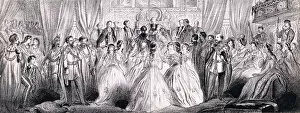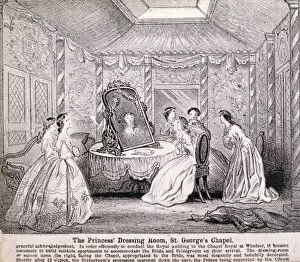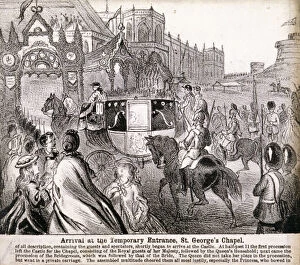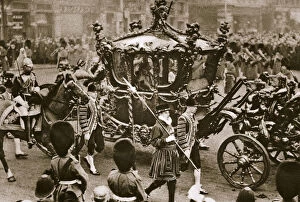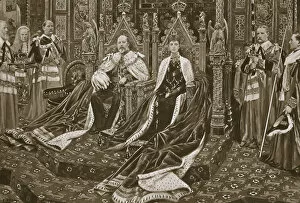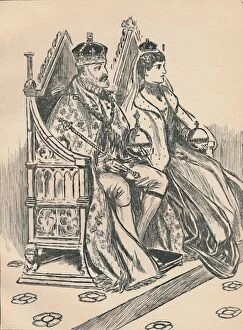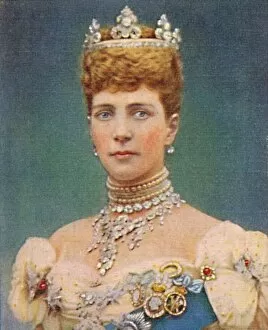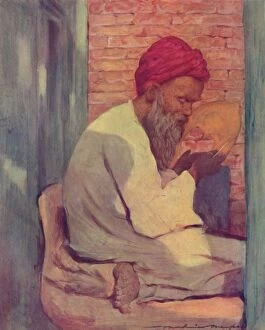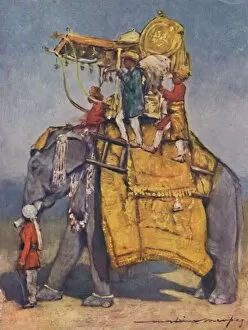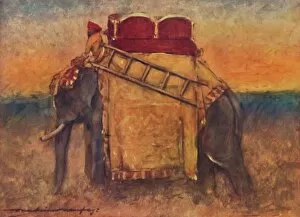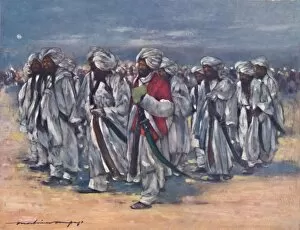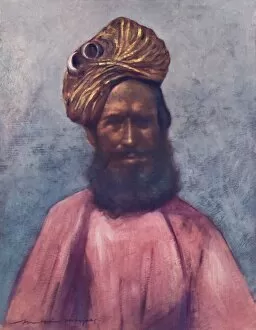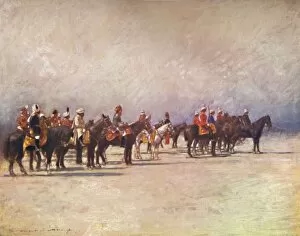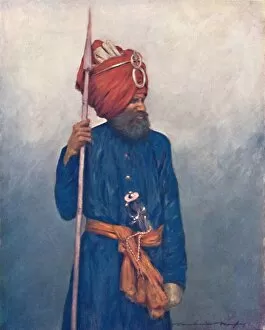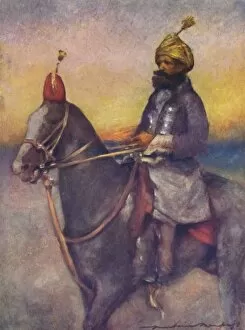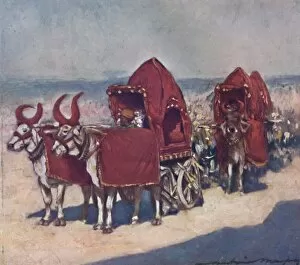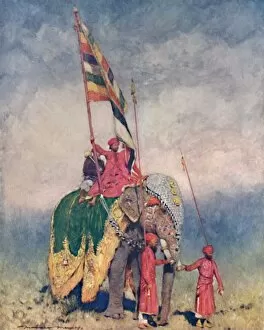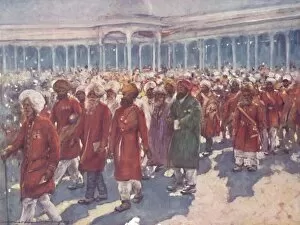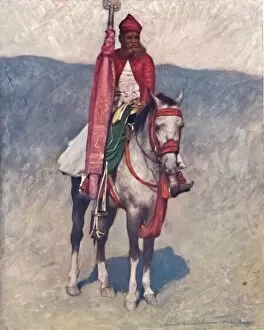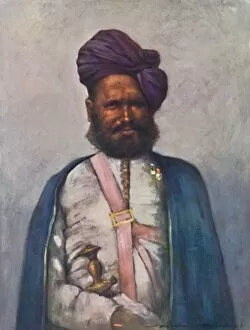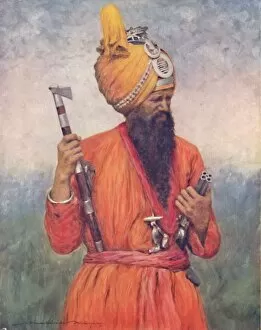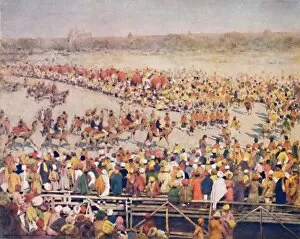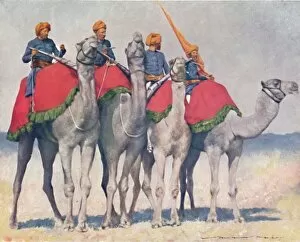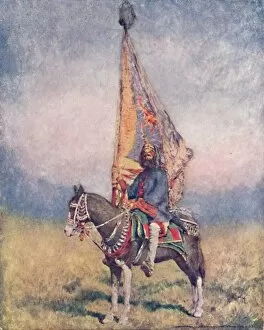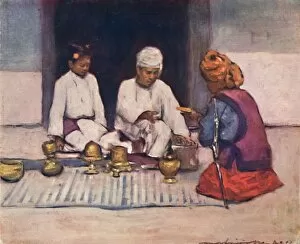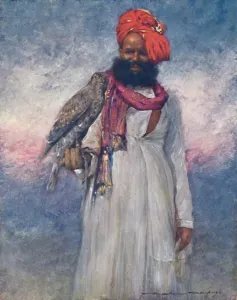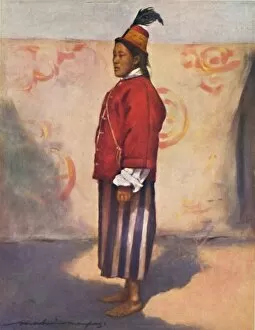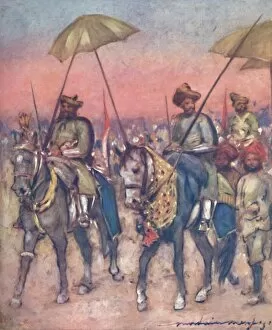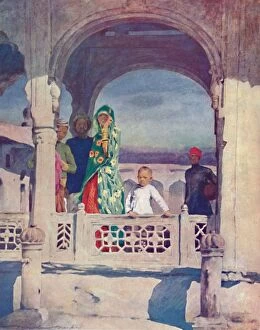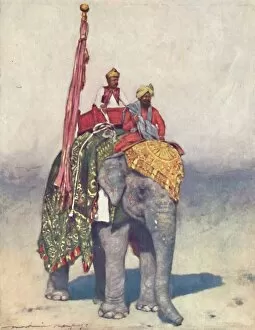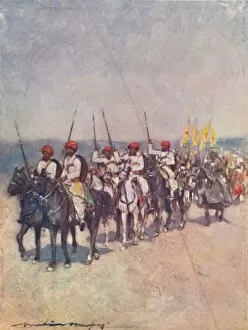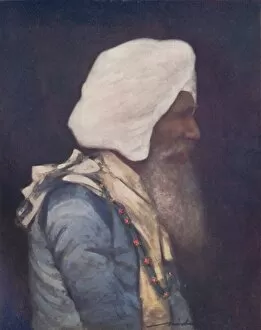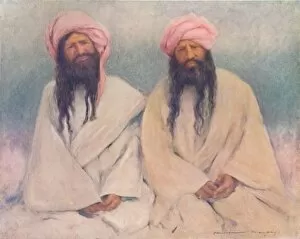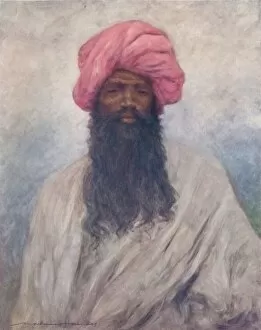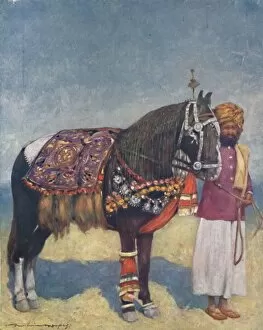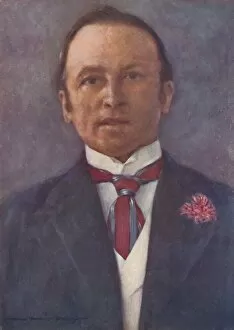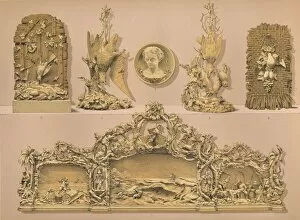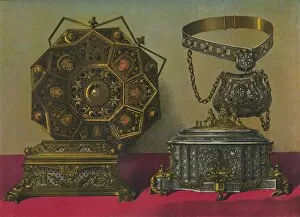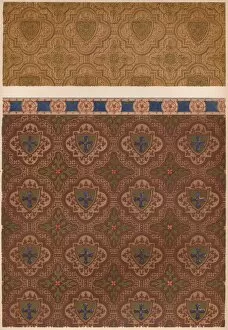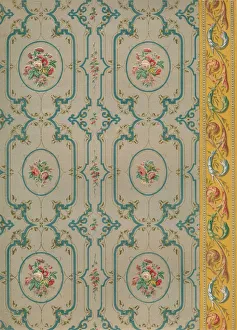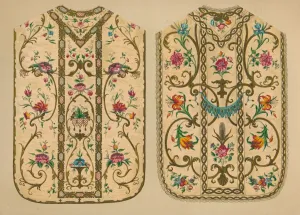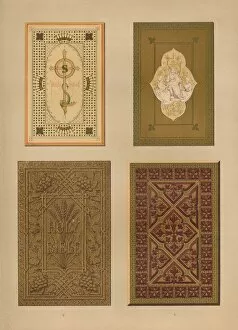Queen Alexandra Collection (page 7)
"Queen Alexandra: A Royal Legacy of Elegance and Influence" Step into the grandeur of history as we explore the captivating life of Queen Alexandra
All Professionally Made to Order for Quick Shipping
"Queen Alexandra: A Royal Legacy of Elegance and Influence" Step into the grandeur of history as we explore the captivating life of Queen Alexandra, one of the esteemed queen consorts crowned in Westminster Abbey in 1937. Known for her grace and poise, she left an indelible mark on British royalty. Intriguingly, beyond her regal duties, Queen Alexandra possessed a hidden talent as an artist. The crew of the royal yacht Victoria and Albert III experienced this firsthand during their voyage to Norway in 1904 when they were captivated by her artistic creations. Born in 1844, Queen Alexandra became the beloved consort to King Edward VII of Great Britain. Together with their children and grandchildren, they formed a picture-perfect family captured beautifully in a color lithograph that immortalizes their love and unity. Delving deeper into history, we discover King Edward VII's illustrious lineage traced back to William the Conqueror. This colorful lithograph showcases his noble descent while highlighting his significance within British monarchy. The royal yacht served as a backdrop for many cherished family moments. In a snapshot from 1910, we witness the Prince and Princess of Wales surrounded by their loved ones aboard this majestic vessel—a testament to their close-knit bond amidst opulent surroundings. Beyond borders lies another intriguing connection—captured through photography—involving Tsar Nicholas II's family from Russia. In 1905, they posed together for an unforgettable portrait that symbolized diplomatic ties between nations during those times. A significant event etched in history is the opening ceremony of Sheffield University attended by King Edward VII and Queen Alexandra themselves. A souvenir commemorating this momentous occasion serves as a reminder not only of educational progress but also royal patronage towards knowledge dissemination. Diving into lesser-known aspects surrounding Queen Alexandra's world reveals fascinating details such as Duke Fife's game larder—an artwork masterfully crafted by G Durand in 1881.

